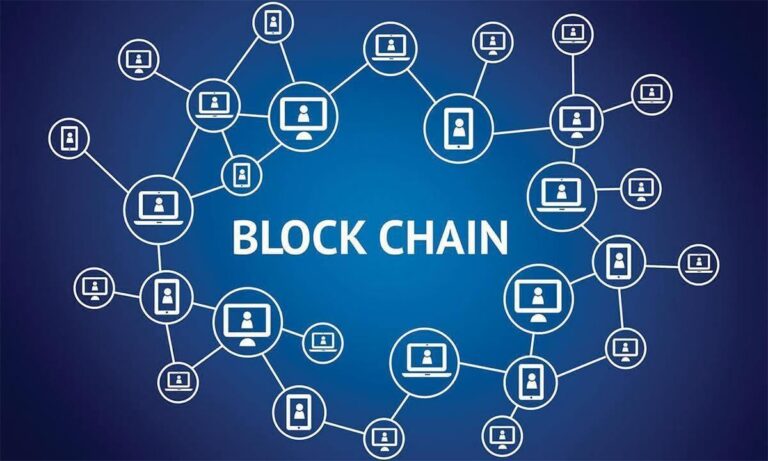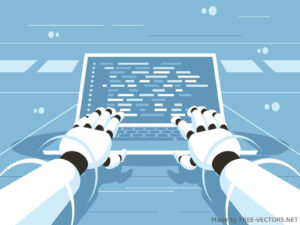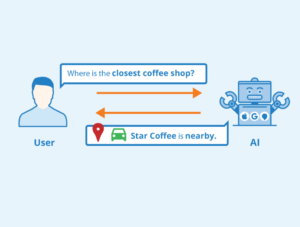Blockchain mania appears to increase each day with numerous big brands releasing one related news after another.
Asides from Bitcoin, the most popular blockchain-related product, Etherum, cloud-computing, security, and government control are other words that relate to the blockchain.
But what exactly is blockchain and what should you know about it, as it appears to become a household name? Should you be optimistic about this technology or take everything about it with a pinch of salt?
This article provides the answer to these questions in a clear manner, by laying down the facts for you and letting you make up your mind.
Blockchain is a Database
Yes, the blockchain is a database. This means that it is a software system designed to store information on computers, just like MySQL, MSSQL, MariaDB, NoSQL, and excel files.
Its only difference from other database types is that it is designed to prevent tampering, once data is stored on it. Such a system offers advantages in creating a network of trust among a peer group.
A Blockchain can hold any Information type
A blockchain database can hold any type of data, so it is not limited to crypto-currencies. You can employ blockchain technology to store written text, images, videos, encrypted data, software programs, certificates, and emails.
The blockchain is simply a structure to hold data records together. So, it can contain any type of data and equally mix different data types in one instance.
There are no strict table and column rules as you will find in a standard MySQL database. The blockchain looks more like NoSQL with its no-structure design.
A Blockchain is made up of ‘Chained Blocks’
To understand the chained-blocks concept, first, let us look at blocks. Unlike most other database systems, you can dedicate any size of storage space to a single database record unit.
It can be just a few bytes, megabytes, or terabytes. The important point is to have a defined rule to create a second record storage unit or block.
Inside this block, you can add pictures, telephone-call audios, written documents, or crypto-currency tokens. For your sanity and management efficiency, however, you should decide on a structure to keep data within the block organized.
The second concept is the chain, which means linking the block of data to the rest of the blockchain. This is accomplished by each block keeping a record of the block before it.
So, for example, the newest block, block 459, is linking to block 458, which in turn is linking to block 457, and so on. This forms a sort of digital data chain, called the blockchain.
Each Chained Block is Time-stamped
Once the different pieces of data for a specific block are complete, that block gets a timestamp to validate it. The typical timestamp is Unix time, which is the number of seconds since the 01-01-1970 Unix epoch.
Each Chained Block is Secured with a Hash
The last step before chaining the block to the rest of the blockchain is creating a hash to secure its data from manipulation.
There are different types of hash functions. Bitcoin uses Sha-256 for instance. This means you can input any amount of data into the hash function and you will always get a unique 256-bit, 64-character code to identify that input.
Hashes are used to authenticate the validity of data. In theory, you will always get the same unique code whenever you run a specific document through a specific hashing algorithm. This makes it easy to detect tampered documents.
After generating the block’s hash, you then add it to the block, so every block contains its hash code and the hash of the block before it.
Now, if someone were to change anything in that block, the new hash will not match the original hash. And to make sure the culprit is easily identified, you have to distribute copies of the blockchain to as many people as possible.
Most Blockchains are decentralized
The final aspect of a blockchain that makes its records immutable is the distribution among as many peers or computer nodes as possible. Each unit is called a node and whatever the majority agrees upon becomes fact.
In the case of Bitcoin, this majority is 51% or higher. So, theoretically, you will need access to 51% of the millions of Bitcoin nodes out there, just to change a single piece of information in the blockchain.
You can see why people trust the blockchain and why there is less trust for centralized systems.
There are also Public And Permissioned Blockchains
Asides from being decentralized, Bitcoin is also public. This means that you can view all its blockchain transactions if you want. Plus, you are free to set up your computer as a node to join the network. No permissions are needed.
For some blockchains, however, you require permission before you can view the transactions or join the network. These are called ‘permissioned blockchains’ and can either be public like Bitcoin or private.
Advantages of Blockchain Technology
Given its design, the blockchain offers many advantages, such as:
1. Immutability of Data
Once a block is written to the chain, you cannot change it.
2. Security
Blockchain data is more secure from hack attempts and unscrupulous admins.
3. Dependability
It allows easy transactions without worries and unknown 3rd parties
4. Transparency
This feature helps in fighting corruption.
5. Tokenization
Asset tokenization is another promising industry.
Disadvantages of Blockchain
Here are some disadvantages of Blockchain:
1. Slower Speed
Public blockchains like Bitcoin with no limit on the number of participating peer nodes can get relatively slow.
2. Verification of Accuracy
While blockchain data is immutable, its accuracy is something else and dependent on the implementation
3. Lack of Standards
Blockchain needs industry standards to be able to mature into a serious technology.
4. Public data vs Privacy laws
The transparency of blockchains is great, but many corporations and political entities prefer a degree of privacy
5. It’s still developing
So, no one can say what will happen in the future with certainty. An example is the rampant adoption of Bitcoin by criminals and shady characters.
The Future of Blockchain
The future of blockchain technology remains unknown to a large extent. But there are still certain speculations we can safely make about it and how it will disrupt industries soon.
- Cyber-security: The security and immutability features of blockchain are set to impact the cyber-security industry.
- Smart contracts: This will eliminate third parties, reduce costs, and change business methods.
- Tokenization of real assets: A token is like a digital share of a real asset, and this is set to disrupt the finance industry by fractionalizing asset values and reducing minimum investments.
- Supply chain management: It could become easier to track the source, processing, and external inputs of commercial products like food.
- Identity management: Blockchain technology offers an impressive approach to the identity management of populations.
- Trade and Money management: The technology is also set to disrupt commercial activities, including international trade, while eliminating many middle-men in the process.
Conclusion
As you can see, blockchain technology offers many opportunities for the future. But since it is still growing, there are concerns about so many issues that need addressing.
Some of these include the possibility of blockchain hacks, the setting up of regulatory bodies to manage possible smart-contract disputes, tokenized asset markets, money-laundering using crypto-currencies, and other unforeseen circumstances.
In the end, though, blockchain technology is here to stay.






